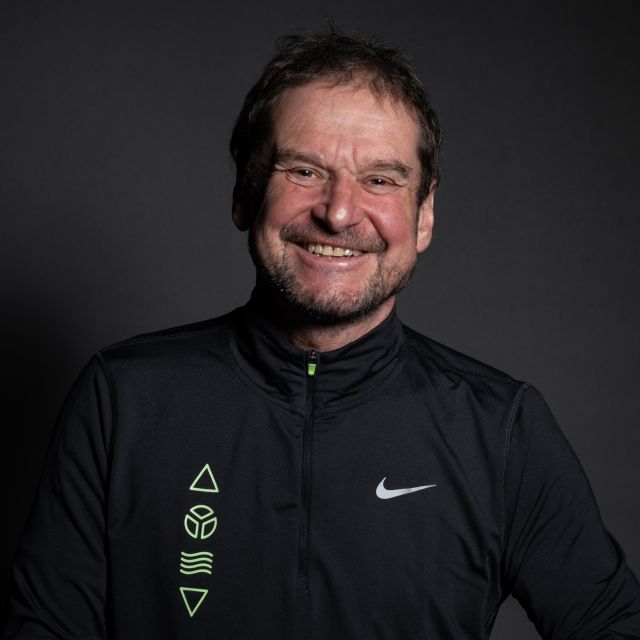Dierolf’s research projects are motivated by potential applications such as classical and quantum optical communication, high efficiency light sources and displays, quantum computing optical frequency converters, and lasers. The focus of his research lies on the fundamental physical phenomena, which play a decisive role in these applications, and on the properties of the underlying materials. Due to the nature of this research, he works close collaborations with other groups in physics, electrical engineering, and materials science.
The group specializes on a wide range of spectroscopic methods including:
- Combined excitation emission spectroscopy
- Confocal microscopy and spectroscopy in a spectral range from IR (1.6μm) to the UV
- Time resolved spectroscopy
- Laser writing of single crystals within glass using cw and fs lasers
Measurements are performed with high spatial resolution and for a wide temperature range including cryogenic cryogenic temperatures. In these studies, dopants like rare earth and transition metal ions, that are investigated for their basic properties (excitation efficiency, radiative and non-radiative decay times, g-factors, spectral line broadening) but also as probes to detect changes within the material due to processing and applied external perturbations.
Current externally funded research projects:
- RUI: Next Generation Rare Earth Based Light-Emitters for Solid-State Display & Quantum Information Technology Applications (NSF)
- GOALI: Spatially selective phase transformations of glass to single crystal and electrically conducting 3D architectures (NSF)
- Laser Fabrication of Active Single-Crystal Architecture in Glass (DOE)


